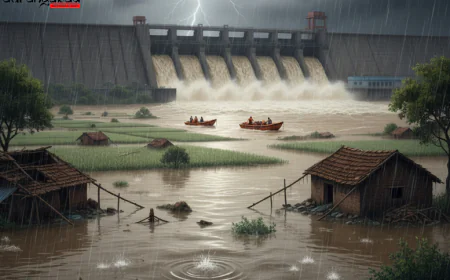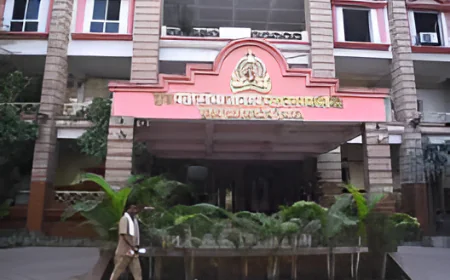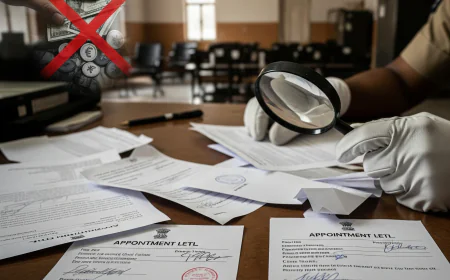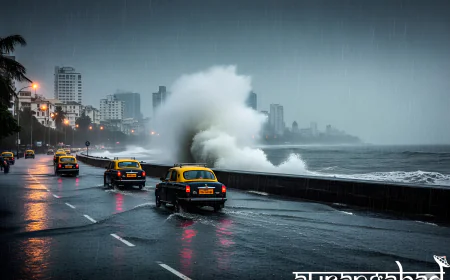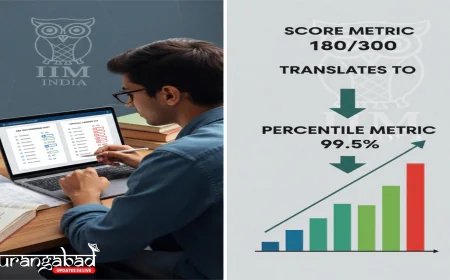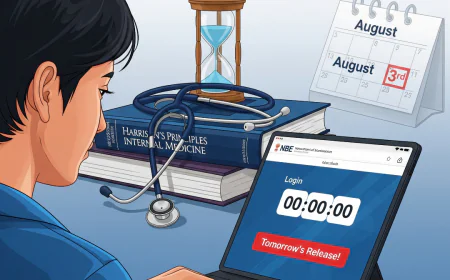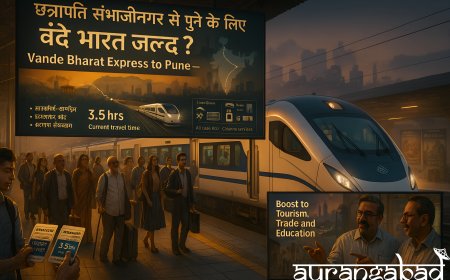Chhatrapati Sambhajinagar Pipeline Breach Disrupts Water Supply
A major breach in Chhatrapati Sambhajinagar's main water pipeline near Mitmita will disrupt the city's water supply schedule by at least one day. This incident highlights the city's recurring infrastructure challenges.
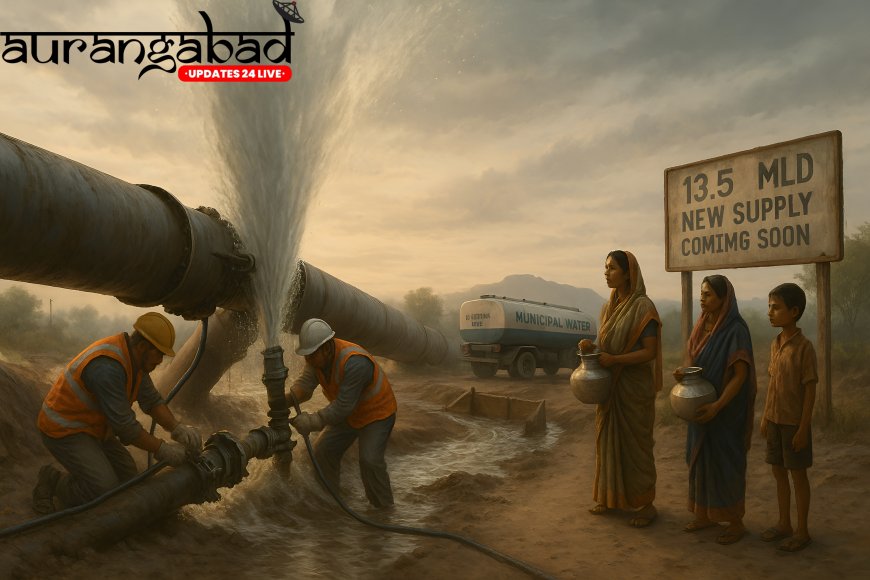
CHHATRAPATI SAMBHAJINAGAR: Residents of Chhatrapati Sambhajinagar are once again facing an impending water supply disruption, as the city's main pipeline from the Jayakwadi Dam has suffered another significant breach. Located near Mitmita, this latest incident is expected to push back the water supply schedule by at least one day across various parts of the city, compounding the woes of citizens already grappling with erratic water availability. The municipal water supply department has initiated immediate repair works, but the recurrence of such breaches underscores a pressing need for a long-term overhaul of the city’s aging water infrastructure.
This incident marks a familiar setback for Chhatrapati Sambhajinagar, which frequently experiences interruptions in its water supply due to issues with the primary conveyance system from the Jayakwadi Dam. The dam, a vital lifeline for the Marathwada region, is approximately 40 kilometers from the city, and the integrity of this long pipeline is critical for uninterrupted water delivery.
Details of the Latest Incident and Its Immediate Impact
The major breach was identified on the main pipeline near Mitmita, causing significant leakage and a substantial loss of water. Upon discovery, the city's water supply department promptly mobilized its teams to the site to assess the damage and commence repair operations. The nature of the breach suggests a crack or burst in the pipeline, which could be attributed to various factors including high water pressure, soil erosion around the pipeline, or the inherent wear and tear of an old conduit.
The immediate consequence of this breach is a direct impact on the city’s meticulously planned water supply schedule. While the exact extent of disruption for each zone will become clearer as repairs progress, the water supply department has already announced that many areas will experience at least a one-day delay in their scheduled supply. This means that if a locality was slated to receive water on a specific day, it would now likely get it a day later, throwing household routines into disarray.
An appeal has been issued to all citizens by the water supply department to conserve water and use it judiciously. This advisory aims to mitigate the short-term impact of the disruption, encouraging residents to make their existing water reserves last longer.
Repair Efforts and Operational Challenges
The task of repairing such a major breach on a vital pipeline is complex and time-consuming. Engineers and repair crews from the municipal water supply department are working tirelessly at the site. Initial assessments suggest that it will take at least 24 hours to effectively seal the breach and restore the pipeline’s integrity.
However, the completion of physical repairs does not immediately translate to the restoration of normal water supply. Once the pipeline is fixed, it needs to be gradually refilled, and the pressure must be allowed to build up steadily through the vast network. This process, known as system normalization, can take an additional 12 to 24 hours before water begins to reach the farthest ends of the supply chain. Therefore, even after repairs are completed, residents will likely experience continued delays for another day or so as the entire system recalibrates.
Challenges faced during such repair operations often include adverse weather conditions, difficult terrain, the depth at which the pipeline is laid, and the precise identification of the breach point. Given that this pipeline is old, specialized equipment and careful handling are often required to prevent further damage during the repair process.
A Recurring Problem: The Aging Infrastructure Conundrum
This latest breach is far from an isolated incident. The article explicitly highlights that this is a "recurring issue" for Chhatrapati Sambhajinagar. The existing main pipeline, stretching approximately 40 kilometers from Jayakwadi Dam to the city, is old and dilapidated. Its age and wear make it highly susceptible to frequent bursts, leakages, and damages. These recurring failures lead to chronic disruptions in the city's water supply, making reliable access to water a constant concern for residents.
The frequent nature of these breakdowns places a heavy burden on the municipal corporation, which has to divert resources repeatedly for emergency repairs. More significantly, it causes immense inconvenience and frustration for citizens, impacting everything from daily chores to public health, especially during peak summer months or periods of high demand. The lack of a robust and resilient water supply network underscores a systemic challenge that the city has faced for years.
The Path to a Sustainable Solution: New Water Supply Scheme
Recognizing the gravity and recurring nature of these infrastructure failures, the civic body has been pursuing a long-term solution: the new 13.5 MLD (million litres per day) water supply scheme. This ambitious project aims to replace or significantly augment the existing, failing infrastructure, ensuring a more reliable and sufficient water supply for the burgeoning city.
The development and implementation of this new scheme are crucial for breaking the cycle of recurring breaches and water supply disruptions. Once operational, it is expected to provide a modern, robust system capable of meeting the city's growing demands and reducing its vulnerability to such frequent breakdowns. However, until this new scheme is fully functional, residents will continue to bear the brunt of an outdated and fragile water distribution network. The current breach serves as a stark reminder of the urgency required in expediting such critical infrastructure projects.




